Taxis – Tuk Tuk – Motorcycle Taxis in Bangkok
Going by taxi in Bangkok can be a cheap or not so cheap experience. It can depend on how you conduct yourself, as well as your familiarity with Bangkok taxis.
It is ALWAYS better to make sure the taxi driver uses the fare meter in the greater Bangkok area.
For journeys outside the Bangkok metropolitan area, (e.g. Pattaya, Damnoen Saduak floating market), you will have to negotiate and agree on the fare before you drive off. In these circumstances, do not pay until delivered safely to your intended destination.
Preferably hail a moving taxi with the red light (available for hire) illuminated.
Lean in the taxi window, state your destination, the driver will nod his head if he can take you. You get in, the meter starts at 35฿.
If the meter isn’t on, point to it and say “meter”. If he resists or wants to negotiate a flat fare, smile, and get a different taxi. Occasionally, when you tell the driver (through the window), where you want to go, he’ll come back with a flat fare offer e.g. “200 baht”, double or triple the normal price. Say “no thank you” and hail the next taxi that comes along, they are everywhere.
Most taxi drivers have to pay rent for the taxi of between 500-1000฿ per day, so anything they can earn above that (minus gas) is his wage.
The start-up charge will remain at 35฿ for the first kilometer travelled. From 2 to 12 kilometers, the fare will be 5฿ per kilometer.
- 0 -1 km – 35฿
- 2 -12 kms – 5฿ per km
- 12 – 20 kms – 5.5฿ per km
- 20 – 40 kms – 6฿ per km
- 40 – 60 kms – 8.5฿ per km
If stuck in traffic the meter runs at 1.25฿ per/minute until it starts moving at more than 6 km/h.
It is also possible to hire a taxi for around 200฿ an hour if you need to do some shopping or run errands – but negotiate the rate first.
Taxi meter fares from point to point in Bangkok city will usually come in well under 100฿ (US$3). It is always desirable to flag down a moving taxi rather than approaching one that is parked, especially outside tourist hot spots and hotels. Why? Because these drivers will try to negotiate a flat fare to your destination, which, apart from being illegal, means you’ll pay too much.
You can tell which moving taxis are available for hire by the small red illuminated sign in the passenger side windscreen.
Simply stand by the side of the road (preferably with traffic heading in the direction you want to go) and when you see a vacant taxi, wave him down with a gentle “palm facing down” motion… (a bit like patting a dog’s head). Lean into the taxi and state your destination. If the driver nods, get in, watch that the meter is started at 35฿.
If the driver shakes his head, or announces a flat rate, smile and wave him away. If you get into the taxi and the driver tries to negotiate a flat fare, smile, and get out, then simply wave down another taxi, there are literally thousands of them on the road day and night, 24/7.
- Never take a taxi that’s standing near a hotel or tourist attraction.
- Always wave down one that’s cruising.
- When stating your destination, speak slowly and clearly.
- When checking in to a hotel, request a business card or have reception write down the hotel name and address in Thai for you, this can save any misunderstandings as to your intended destination.
- It is not necessary to tip a taxi driver, although you may see fit to round the fare up a few Baht.
- Taxis come in all different colors, but they will always have a yellow registration plate.
You can probably see why taxi drivers try to negotiate a flat fare rather than use the fare meter, they’ll earn 2 or 3 times what they otherwise would by following the law and using their meter.
Tuk Tuk
The auto rickshaw, called tuk-tuk in Thailand, is still being used as a taxi in Thailand’s capital, Bangkok and other Thai cities, as well as other major Southeast Asian and South Asian cities. It is particularly popular where traffic congestion is a major problem, such as in Bangkok and Nakhon Ratchasima.
It’s essential to bargain the price with tuk-tuks before getting in.
Motorcycle taxis
Motorcycle taxis are common forms for public transport in Bangkok and most other cities, towns and villages in Thailand. They are generally used for short trips. In Bangkok, there are motorcycle taxi queues on many sois, and the queues are regulated by the city’s government. Licensed motorcycle-taxi operators wear orange vests. In compliance with Thailand’s helmet law, many (but not all) carry a spare helmet to offer to passengers.
Riding by motorcycle taxi is a very popular way of getting around in most Thai cities and towns.
-Thailand News (TN)
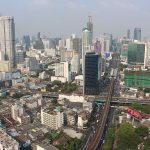



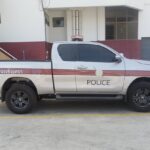


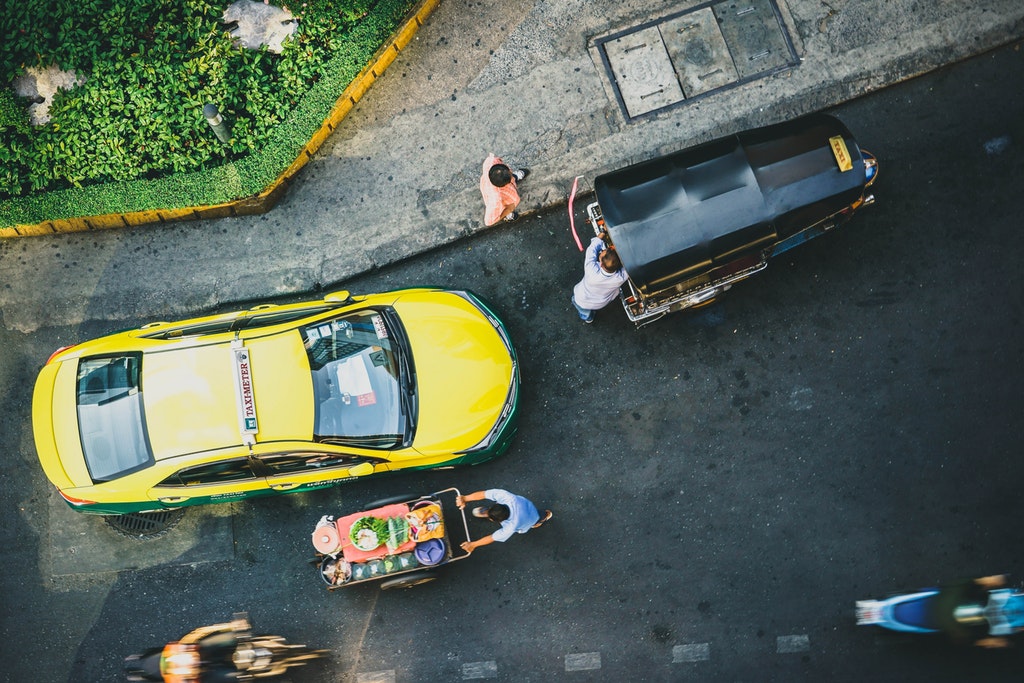



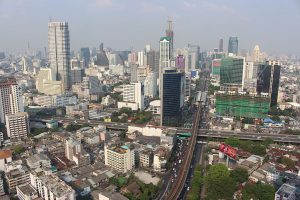
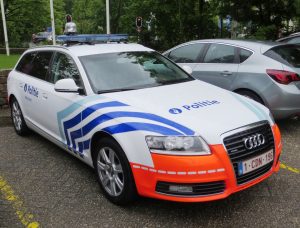





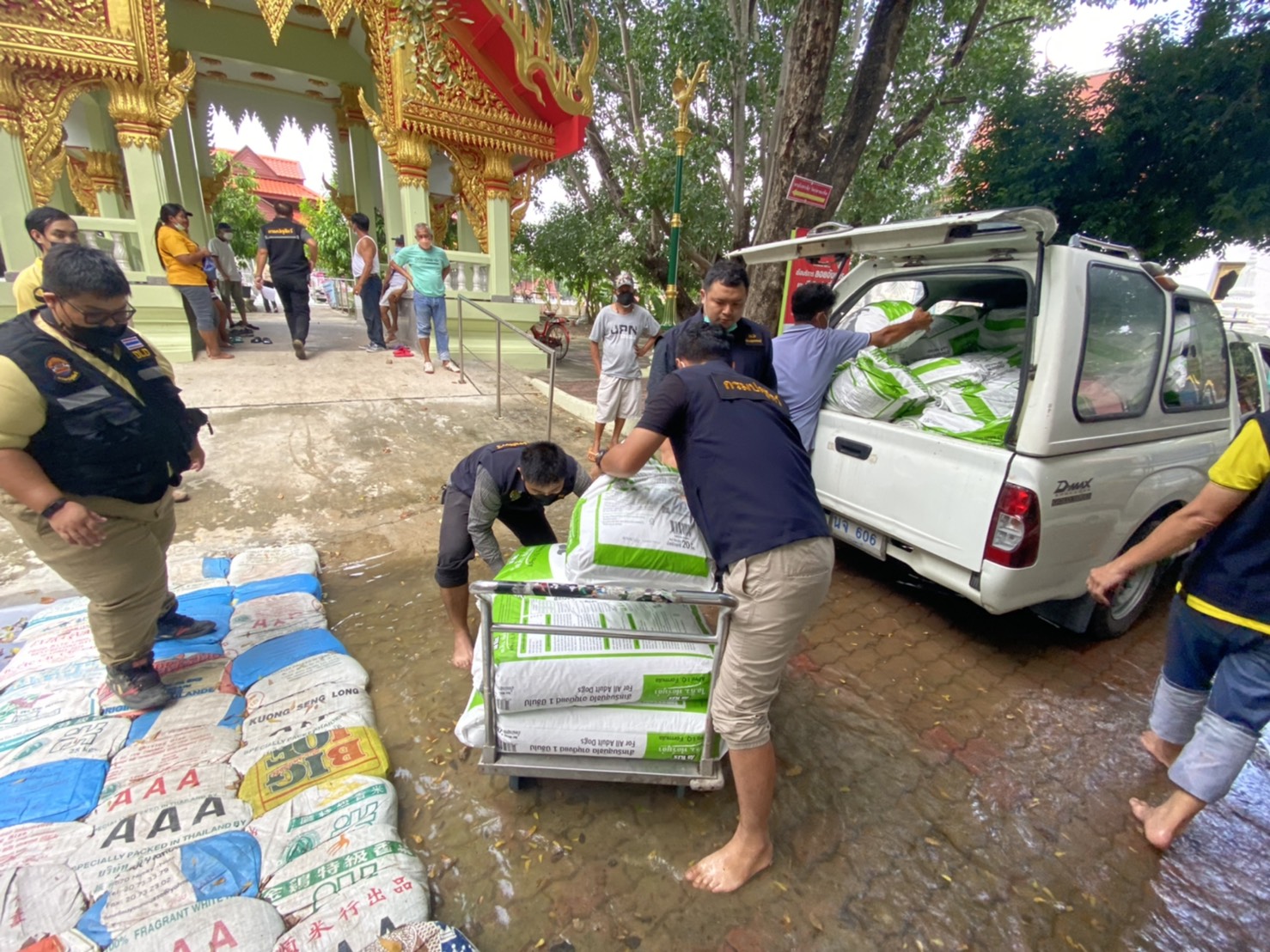




+ There are no comments
Add yours